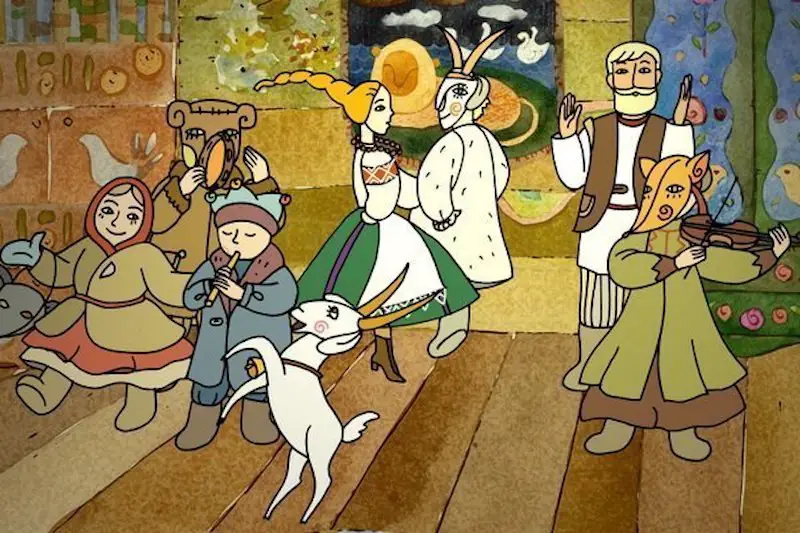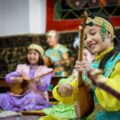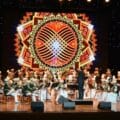Music Box (Музычная скарбонка) is a series of a few Belarusian short animated films that illustrate and give context to Belarusian folk songs. They were released in 2009 and 2012 by Belarusfilm (Беларусьфільм), the country’s national film studio. They range from three to about 10 minutes long.
The series includes songs from a range of genres within the overall folk song umbrella. There are lullabies, humorous songs, and holiday songs—in particular songs associated with Kalyada (Каляда), a traditional Slavic holiday celebrated around Christmas Eve. In one episode from 2009, a new mother sings a song while rocking her newborn to sleep. She’s also sewing a stuffed-animal rabbit for the baby, and it comes to life and with its kitten friend alternately goes on adventures and makes sure the baby is still sleeping comfortably.
The 2012 episodes are mostly humorous, set to the songs “My Mother Wanted to Marry Me Off” and “How I Served for the Pan” (the Belarusian/Polish word for “lord,” basically). Neither ends how you’d expect—the songs may be satirical, but they don’t provide a simple, happy ending.
The first film, with the lullabies, was written and drawn by Tatyana Kublitskaya (Татьяна Кублицкая). She’s been working chiefly as an animator for Belarusfilm for most of her career, though she has also occasionally illustrated books. One of the directors for the 2012 set of films was Mikhail Tumelya (Міхаіл Тумеля), who is known chiefly for his extensive animation work at Belarusfilm. Interestingly, though, he was also an animator for the 2013 Japanese version of Cheburashka.
Directors: Vladimir Petkevich (Владимир Петкевич), Mikhail Tumelya (Міхаіл Тумеля), Tatyana Kublitskaya (Татьяна Кублицкая), Natalya Kostyuchenko (Наталья Костюченко)
Voice actors: unknown
Production studio: Belarusfilm (Беларусьфільм)
“How I Served the Pan” (“Як служыу жа я у пана”):
You Might Also Like
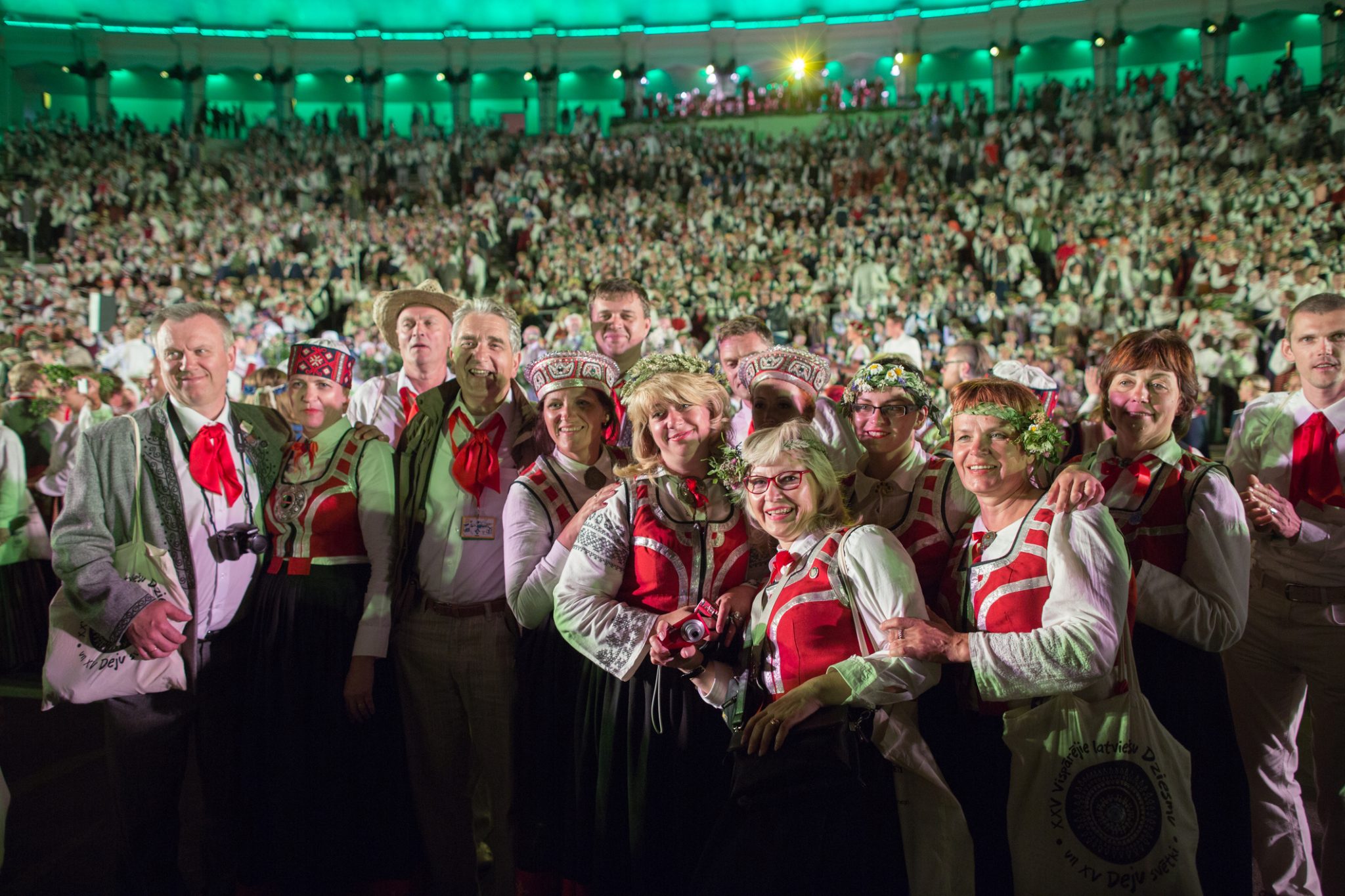
The Latvian Daina: How Four-Line Folk Songs Helped Birth A Nation
The Latvian daina is far more than a folk song. This tradition stretches back over a millennium, with some examples preserving linguistic forms long lost in modern Latvian. These songs are credited with recording Latvia’s prehistory and sustaining its culture through centuries of foreign rule. Dainas were central to the Latvian National Awakening, which eventually […]

From Folk to Future: Localizing Sound in Modern Ukraine
In the decades since Ukraine gained independence, music has played a vital role in shaping and expressing a modern sense of national identity. This has been especially visible in the creative ways artists have drawn from the country’s folk traditions—adapting village songs, instruments, and motifs into new genres that resonate with contemporary audiences. Whether through […]
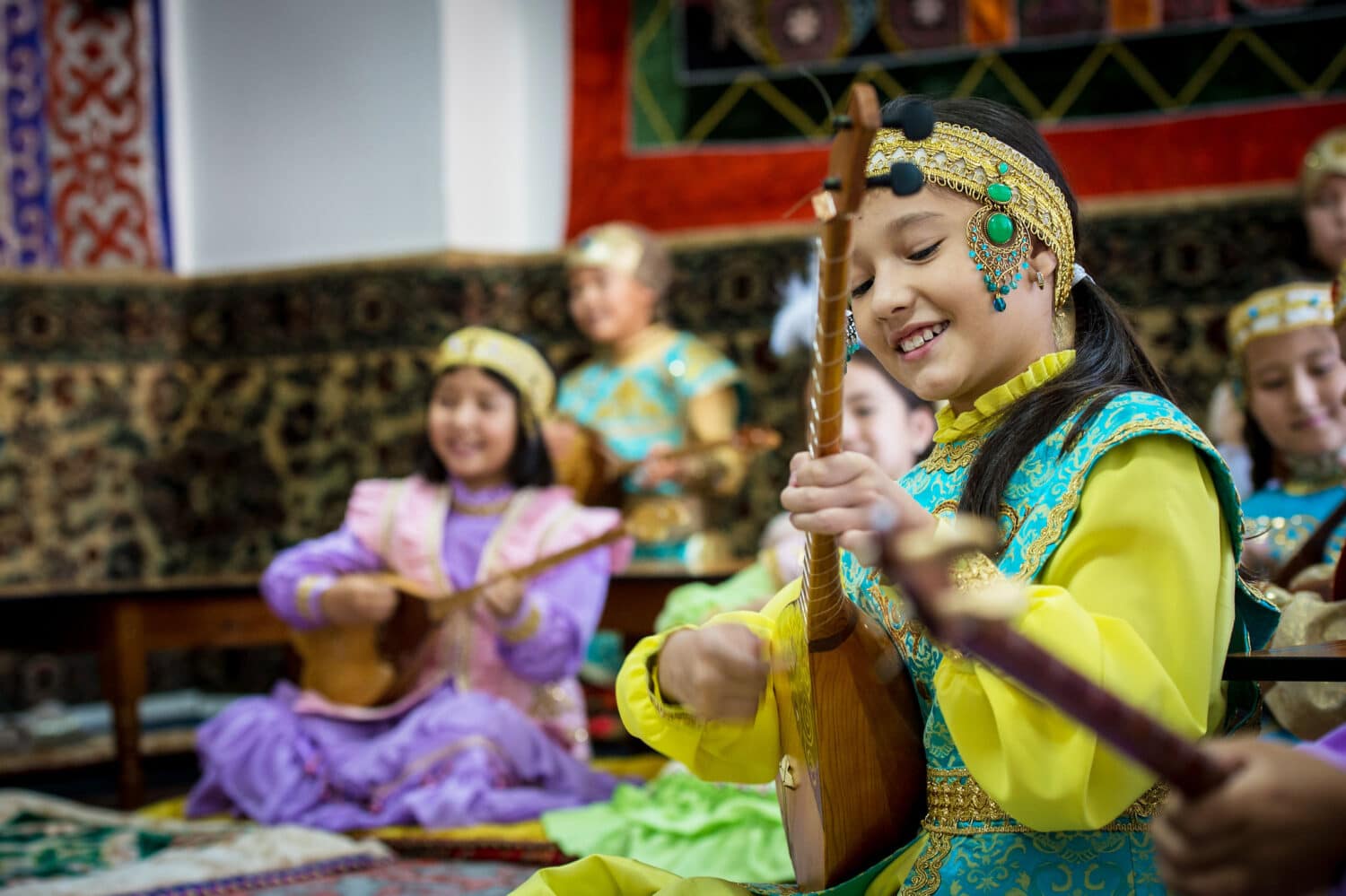
The Dombyra: The Kazakh’s Musical Soul
The dombyra (домбыра) is a lute-style instrument. It is an ancient and quintessential piece of Kazakh culture and identity. In its most popular form, the dombyra has two-strings strung down a long, skinny neck and a pear-shaped body, flat at the front and rounded on the backside. The standard English spelling of dombra is taken […]
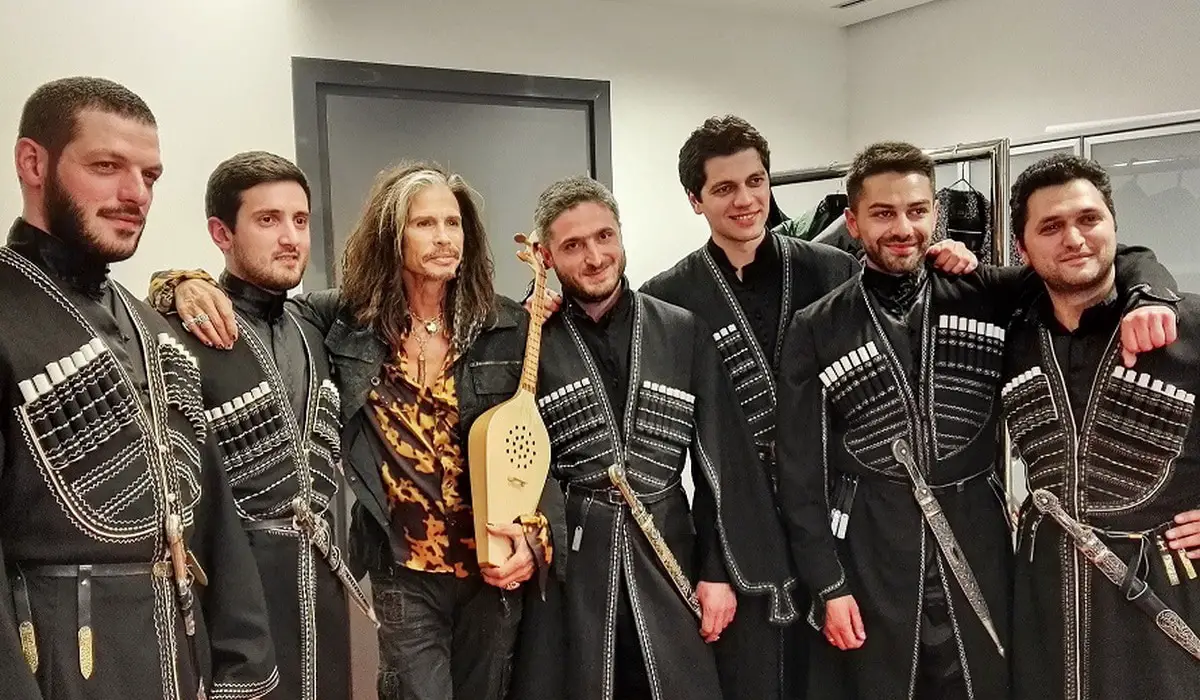
Six Georgian Bands Bringing Traditional Polyphony into the Pop Music Age
Georgian polyphonic singing, added to the UNESCO Representative List of the Intangible Cultural Heritage of Humanity, is a musical technique in which a single song has several melodies, each sung concurrently, with no one tune dominating the others. In Georgia, the style varies by region, but the practice reflects both military, folk, and religious culture. […]
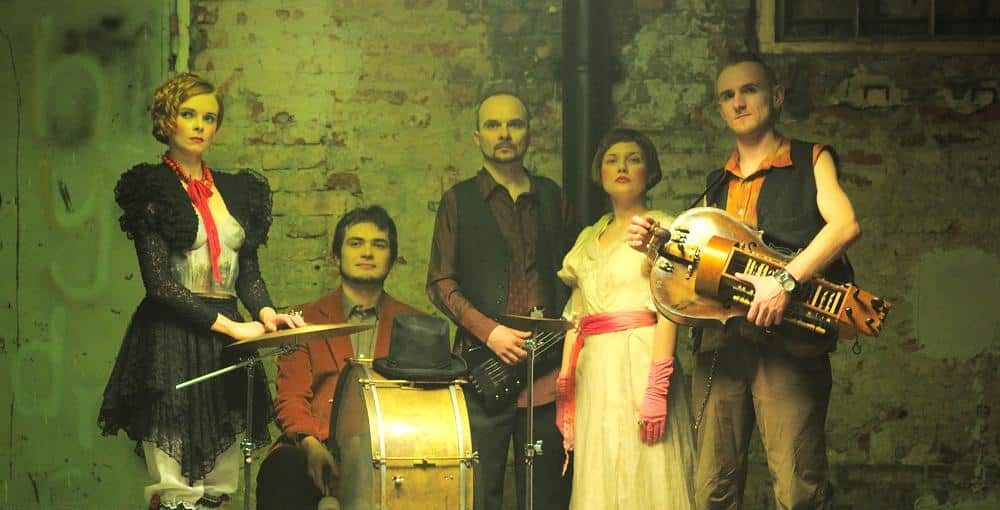
Żywiołak: Pagan Rock from Poland with a Modern Mindset
Żywiołak, initially formed in Warsaw in 2005, is a Polish folk rock band steeped in mythos. Its name references the Elemental, a magical being said to harness the power of nature in the form of air, fire, water, or earth. Their lyrics sing of epic battles (in Wojownik, or Warrior) and explore the traditions of […]


